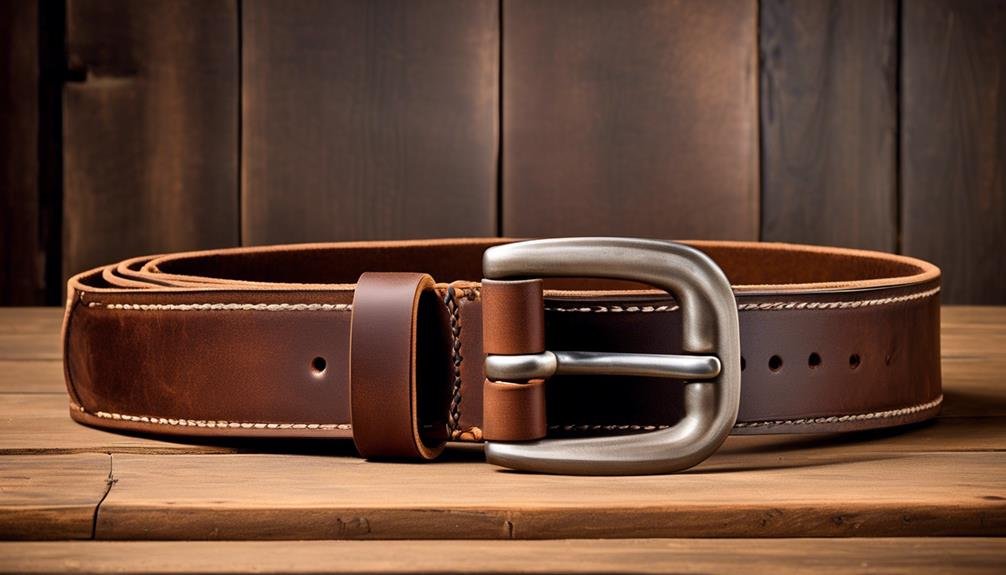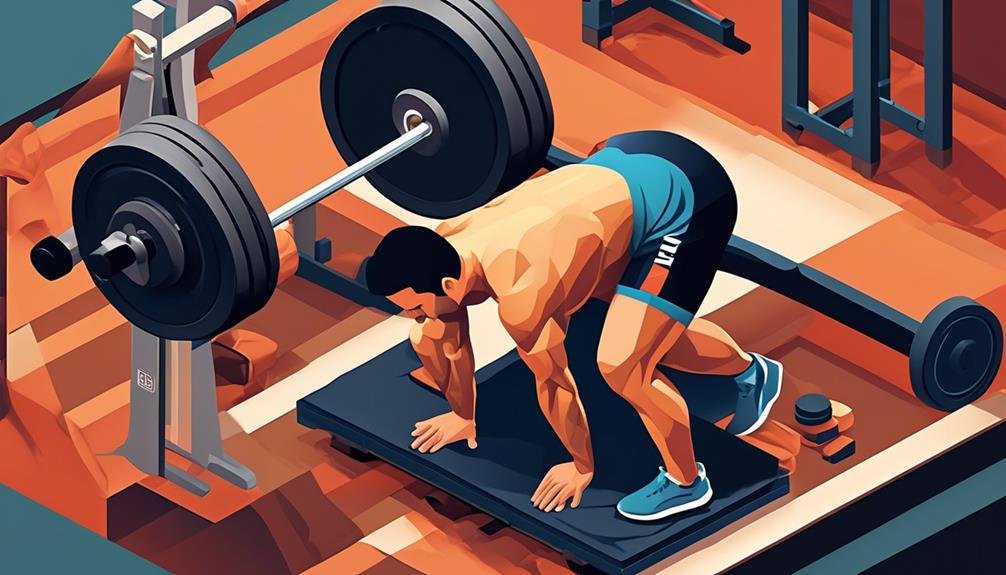Are you tired of investing in new leather lifting belts every few months? If so, you're not alone. Many weightlifters struggle with maintaining the longevity of their leather lifting belts.
But fear not, because in this discussion, we will explore the proper techniques for keeping your leather lifting belt in top condition over time. From cleaning and conditioning to storage and prevention, we will cover it all.
So, if you're ready to learn how to extend the lifespan of your beloved lifting belt, keep reading.
Key Takeaways
- Regularly clean the leather lifting belt with a damp cloth and mild soap or leather cleaner to remove surface dirt and sweat.
- Apply a leather conditioner or oil every three to six months to maintain the suppleness of the leather and prevent cracking.
- Store the belt in a cool and dry place, away from direct sunlight and extreme temperatures, to prevent damage and mold growth.
- Promptly address any minor issues such as loose screws or rivets, cracked or torn leather, to extend the lifespan of the belt.
Cleaning Leather Lifting Belts
To maintain the longevity and cleanliness of your leather lifting belt, it's important to regularly clean and care for it. Cleaning your leather lifting belt not only helps to remove dirt and sweat but also prevents the buildup of bacteria and odors.
Start by wiping down the belt with a damp cloth to remove any surface dirt. Avoid using harsh chemicals or abrasive cleaners as they can damage the leather. Instead, opt for a mild soap or leather cleaner specifically designed for use on leather products.
Gently scrub the belt using a soft-bristled brush or sponge, paying extra attention to any areas that may be particularly dirty. Rinse off the soap with a clean, damp cloth and pat dry with a towel.
Once the belt is dry, apply a leather conditioner or oil to keep the leather soft and supple. This will also help to prevent cracking and drying out.
Remember to store your leather lifting belt in a cool, dry place away from direct sunlight to maintain its quality.
Conditioning Leather Lifting Belts
You can keep your leather lifting belt in optimal condition by regularly conditioning it with a suitable product. Conditioning not only helps to maintain the leather's natural oils, but it also prevents it from drying out and cracking over time.
Here are four important steps to effectively condition your leather lifting belt:
- Clean the belt: Before conditioning, it's crucial to ensure that your belt is clean and free from any dirt or debris. Use a mild leather cleaner and a soft cloth to gently wipe away any surface dirt. Allow it to dry completely before moving on to the next step.
- Choose the right conditioner: Select a high-quality leather conditioner that's specifically formulated for belts. Look for products that contain natural ingredients like beeswax, lanolin, or mink oil. Avoid using petroleum-based products as they can damage the leather over time.
- Apply the conditioner: Using a clean cloth or sponge, apply a small amount of conditioner onto the surface of the belt. Gently massage the conditioner into the leather, focusing on any areas that may be prone to wear and tear. Allow the conditioner to penetrate the leather for the recommended time mentioned on the product label.
- Buff and polish: After the conditioner has been absorbed, use a clean cloth to buff the leather gently. This will help to remove any excess conditioner and restore a beautiful shine to your lifting belt.
Proper Storage for Leather Lifting Belts
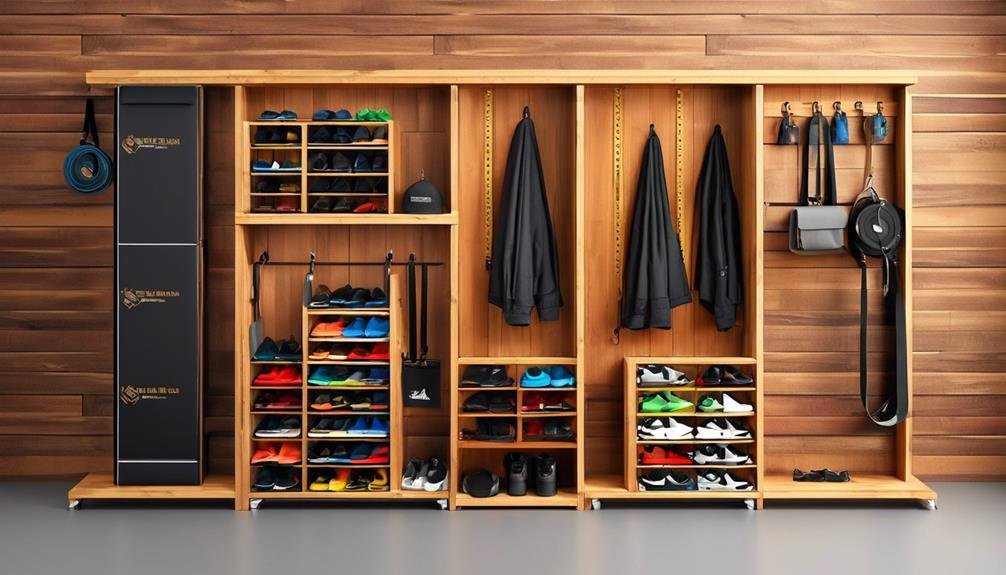
Storing your leather lifting belt properly is essential for maintaining its longevity and performance. When it comes to storage, there are a few key points to keep in mind.
First, always clean your belt before storing it. Use a damp cloth to wipe off any dirt or sweat and allow it to air dry completely. This will prevent the growth of mold or mildew.
Next, find a cool and dry place to store your belt. Avoid exposing it to direct sunlight or extreme temperatures, as this can cause the leather to dry out and crack. Hanging your belt on a hook or laying it flat in a drawer are both suitable options. Just make sure it's not compressed or folded, as this can distort the shape of the belt.
Additionally, it's a good idea to use a belt hanger or a belt rack to keep your belt organized and free from creases. This will help maintain its structural integrity over time. If you don't have access to a belt hanger, you can also roll up your belt loosely and secure it with a rubber band before storing it.
Preventing Damage to Leather Lifting Belts
Proper care and maintenance are crucial in ensuring the longevity and performance of your leather lifting belt. To prevent damage and keep your belt in top condition, follow these four important tips:
- Clean your belt regularly: Sweat and dirt can accumulate on the surface of your belt, leading to deterioration over time. Use a damp cloth or leather cleaner to gently wipe down the belt after each use. Avoid using harsh chemicals or excessive water, as they can damage the leather.
- Keep your belt away from extreme temperatures: Leather is sensitive to heat and cold. Avoid exposing your belt to direct sunlight, heaters, or freezing temperatures. Extreme temperatures can cause the leather to dry out, crack, or become stiff.
- Avoid overloading your belt: While leather lifting belts are designed to provide support, they've their limits. Overloading your belt with excessive weight can cause unnecessary strain and damage. Make sure to choose the appropriate belt for your lifting needs and use it within its recommended weight capacity.
- Store your belt properly: When not in use, store your leather lifting belt in a cool and dry place. Avoid folding or creasing the belt, as it can lead to permanent damage. Hanging the belt on a hook or laying it flat in a drawer are good storage options.
Repairing Minor Issues With Leather Lifting Belts
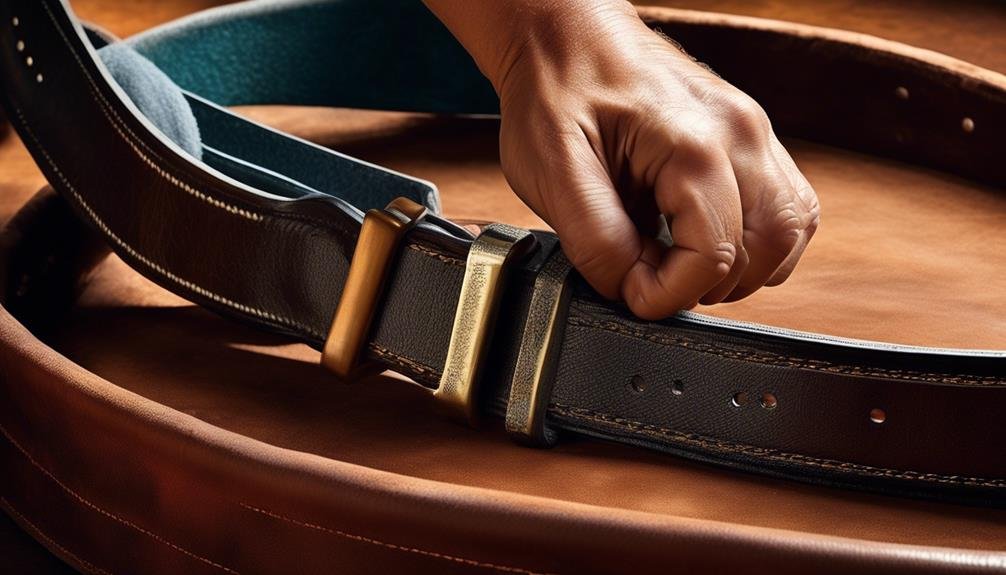
To maintain the longevity and performance of your leather lifting belt, it is important to know how to address and repair minor issues that may arise. While leather belts are durable and designed to withstand heavy use, they can still experience wear and tear over time. By promptly addressing and repairing minor issues, you can extend the lifespan of your lifting belt and ensure its continued effectiveness in providing support and stability during your workouts.
One common issue that may occur with leather lifting belts is the loosening of the screws or rivets that hold the belt together. If you notice any loose or missing screws, it is important to tighten or replace them to prevent further damage. Additionally, if the leather begins to crack or tear, it is crucial to address the issue before it worsens.
Here is a table outlining some common minor issues that may arise with leather lifting belts and how to repair them:
| Issue | Repair |
|---|---|
| Loose screws/rivets | Tighten or replace screws/rivets using a screwdriver or appropriate tool |
| Cracked or torn leather | Apply leather conditioner or repair kit to restore strength and flexibility |
Avoiding Common Mistakes in Leather Lifting Belt Maintenance
When maintaining your leather lifting belt, it's important to avoid common mistakes that could compromise its durability and performance. Here are four common mistakes to avoid:
- Neglecting Proper Cleaning: Leather lifting belts should be cleaned regularly to remove sweat, dirt, and grime. Use a mild soap and water solution to gently clean the belt, then allow it to air dry completely. Avoid using harsh chemicals or abrasive cleaners, as they can damage the leather.
- Overexposure to Sunlight: Direct sunlight can cause the leather to fade, dry out, and become brittle over time. Avoid leaving your leather lifting belt in direct sunlight for extended periods. Instead, store it in a cool, dry place when not in use.
- Improper Storage: Folding or bending a leather lifting belt can cause creases and weaken the material. Instead, store the belt flat or hang it on a belt hanger to maintain its shape and integrity.
- Using Inappropriate Conditioners: While it's important to condition leather to keep it supple and prevent cracking, using the wrong type of conditioner can damage the belt. Avoid using products that contain petroleum, mineral oil, or silicones. Instead, opt for a leather conditioner specifically designed for use on lifting belts.
Extending the Lifespan of Leather Lifting Belts
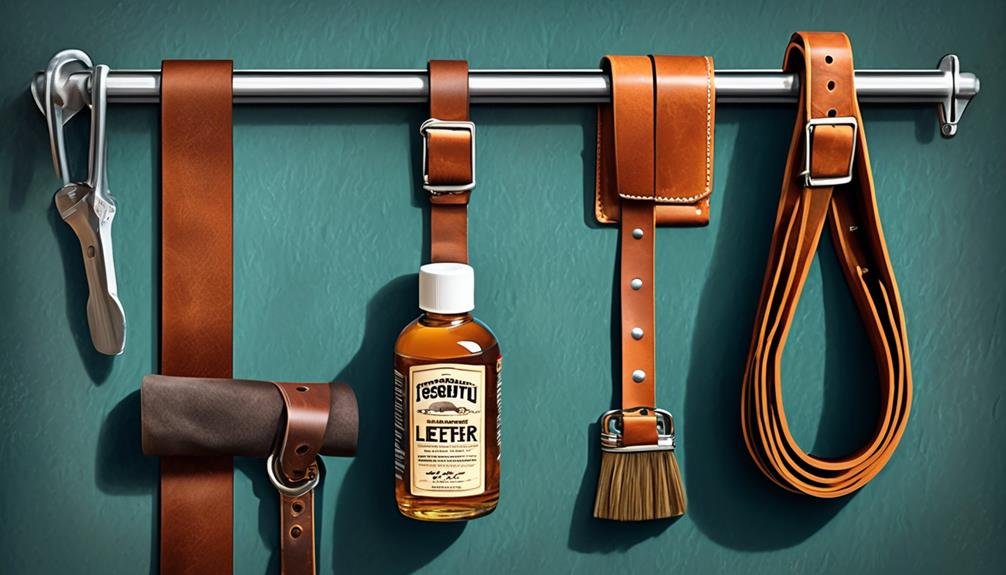
To ensure your leather lifting belt lasts for years to come, it's crucial to take proper care and follow these maintenance guidelines.
Extending the lifespan of your leather lifting belt requires regular cleaning and conditioning. After each use, wipe down the belt with a damp cloth to remove sweat and dirt. Avoid using harsh chemicals or abrasive cleaners, as they can damage the leather. Instead, opt for a mild soap or leather cleaner specifically designed for use on leather products.
Once the belt is clean, allow it to air dry completely before storing it. Conditioning the leather is also important to maintain its suppleness and prevent cracking. Apply a leather conditioner or oil to the belt every three to six months, or as needed, following the instructions on the product. This will help keep the leather moisturized and prevent it from becoming stiff.
Additionally, it's important to store your leather lifting belt properly. Avoid folding or creasing the belt, as this can weaken the leather. Instead, hang the belt on a belt hanger or lay it flat in a cool, dry place.
Frequently Asked Questions
Can I Use Household Cleaning Products on My Leather Lifting Belt?
You can't use household cleaning products on your leather lifting belt as they can damage the leather. Instead, use a leather cleaner specifically designed for this purpose. It will help maintain the belt's condition over time.
How Often Should I Condition My Leather Lifting Belt?
You should condition your leather lifting belt every 3-6 months to keep it in optimal condition. This helps to prevent drying out and cracking, ensuring that your belt remains durable and supportive during your lifting sessions.
Is It Safe to Store My Leather Lifting Belt in a Gym Bag?
It's not recommended to store your leather lifting belt in a gym bag as it can lead to moisture buildup and possible damage. Instead, hang it in a well-ventilated area to allow proper airflow and prevent any issues.
Can I Use My Leather Lifting Belt for Activities Other Than Weightlifting?
Yes, you can use your leather lifting belt for activities other than weightlifting. It provides support and stability for your core during any heavy lifting or strenuous movement, making it beneficial for various exercises.
Can I Repair a Tear in My Leather Lifting Belt Myself, or Should I Take It to a Professional?
You can repair a tear in your leather lifting belt yourself, but it's recommended to take it to a professional for the best results. They have the expertise and tools to ensure a proper repair.
Conclusion
In conclusion, proper maintenance is essential to ensure the longevity and effectiveness of your leather lifting belt.
By regularly cleaning and conditioning the belt, storing it correctly, and taking precautions to prevent damage, you can extend its lifespan.
Additionally, addressing minor issues promptly and avoiding common mistakes in maintenance will help keep your lifting belt in optimal condition.
By following these steps, you can continue to rely on your leather lifting belt for years to come.


